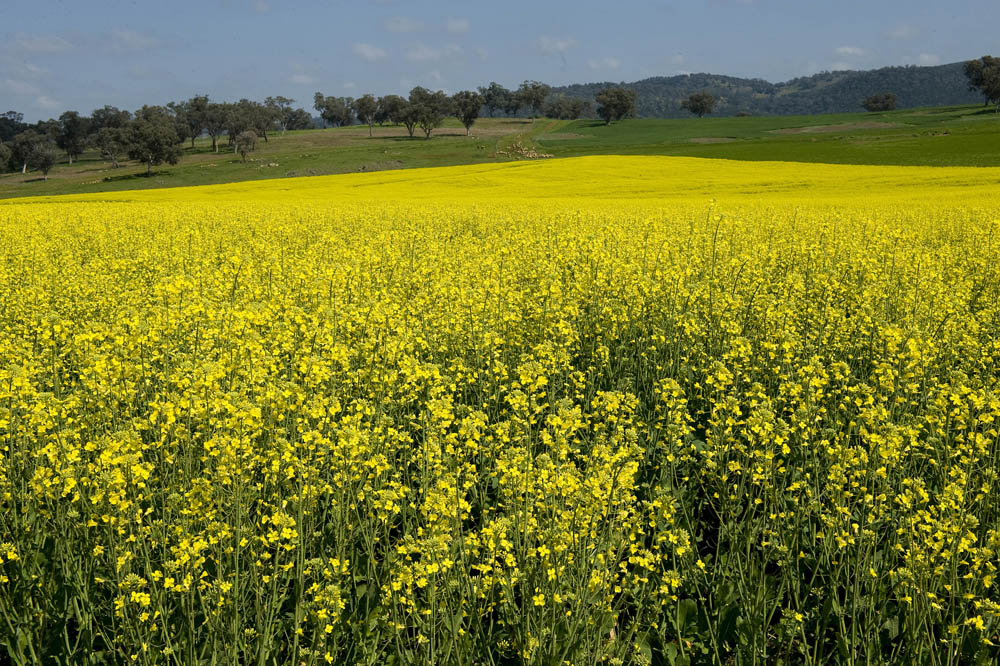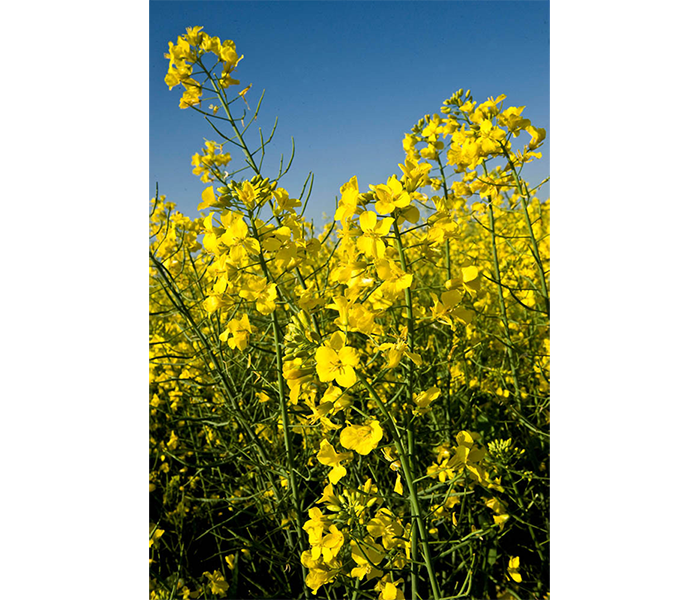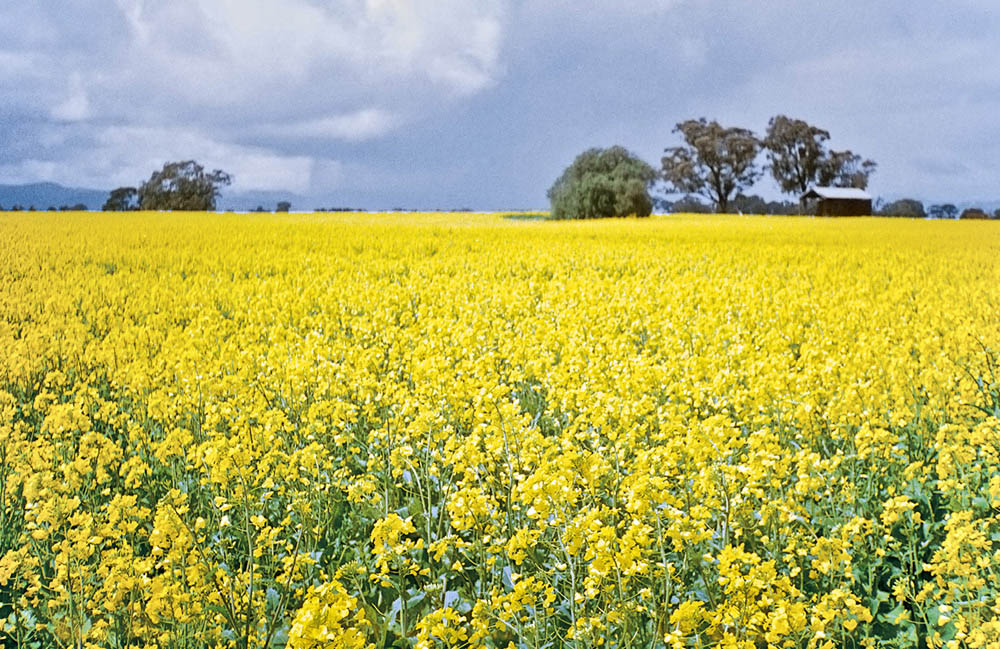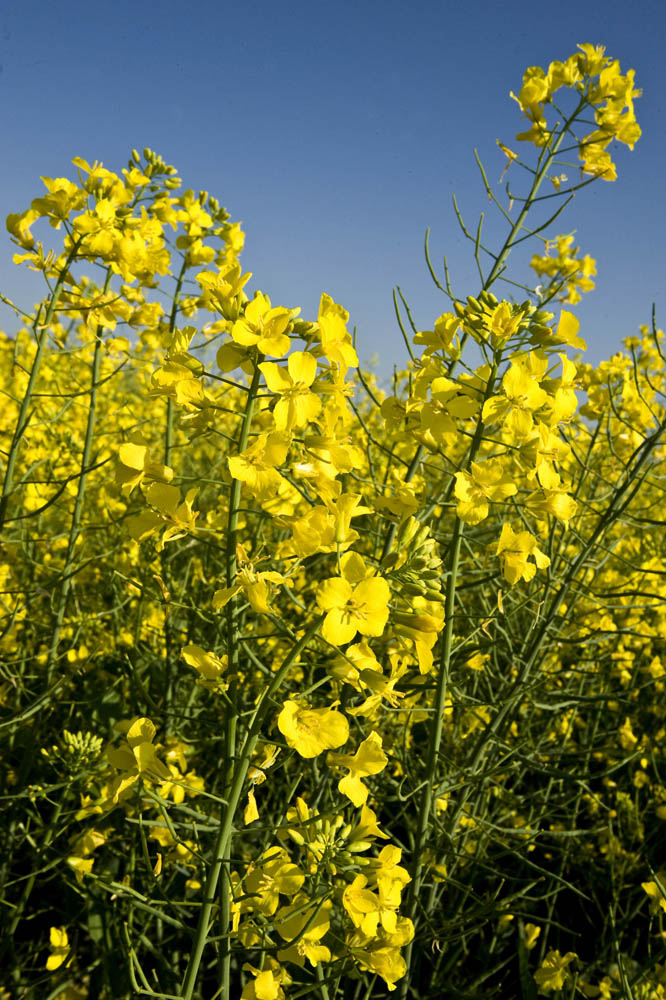- GVP $844 million est. Up 527% yoy.
- Production increased significantly supported by bigger plantings and record high yields for canola.
- Prices were volatile during the year but ended up strongly which will support plantings for 2021-22.
Production
Growth was strongest for canola. Area planted to canola remained below 10-year averages however record high yields pushed up canola production to 1.4 million tonnes, 47% ahead of the 10-year average. 4
NSW oilseed production ('000 tonnes)
- Canola
- Cottonseed
- Soybeans
- Sunflower
- 10 Year Average
NSW Canola Yields (tonnes/hectare)
- NSW Canola Yields (tonnes/hectare)
Price
Cottonseed pricing fell during the year as a result of lower feed demand and increased supply. Cottonseed prices are estimated to have fallen 40% during 2020-21. 29
Canola prices ($A/tonne) - Port Kembla
- Canola - Port Kembla
- 5 year average price
Trade

Macroeconomic Conditions

Outlook
Over the medium term, demand will continue to grow, supported by growth in Asian markets, feed demand in China and a continued economic recovery. However, supply is also expected to recover in Europe and Canada (canola) and the United States (soybeans) and this will likely result in prices falling from current very high levels, though low current end stocks for oilseeds will provide some buffer.
Oilseed meal imports
Domestic canola meal vs imported soybean meal ('000 tonnes)
- Domestic canola meal consumption
- Imported soybean meal




